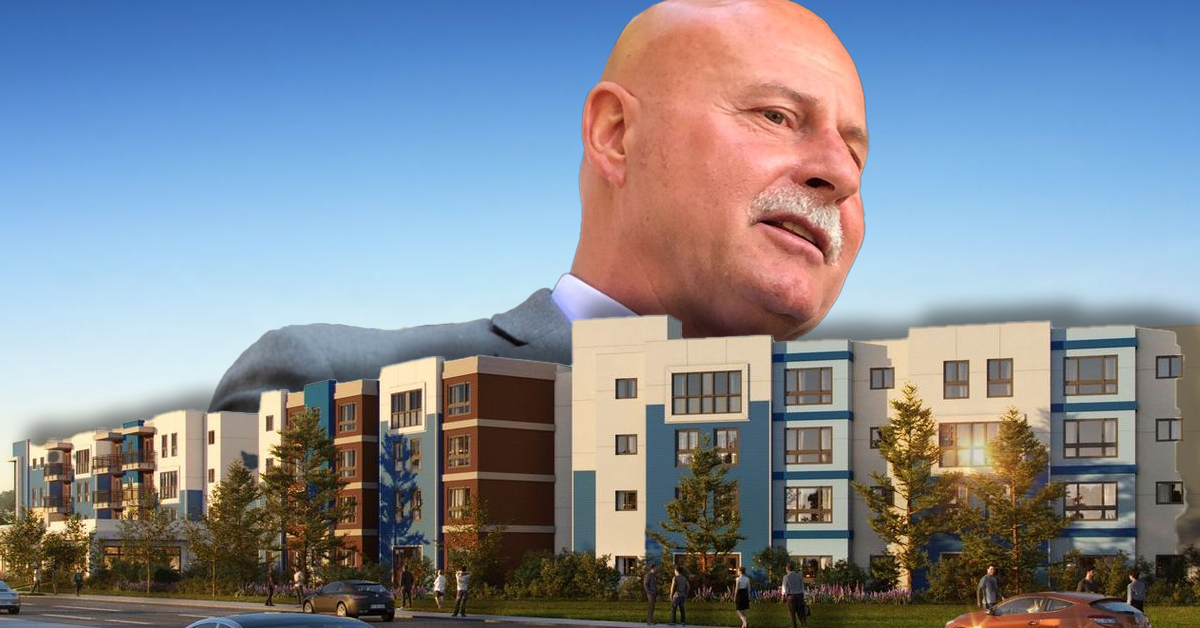The FBI report by the agency’s Office of Partner Engagement is subtitled “The Assailant Study – Mindsets and Behaviors.” The mission was “to analyze attacks against law enforcement officers in 2016… to determine what may have influenced the assailants and contributed to the attacks.”
Sixty-four officers were killed in 53 incidents last year. The FBI studied 50 of the 53 incidents. The other three incidents weren’t examined because the assailants were minors or unknown.
Of the 50 assailants studied, 43 had prior criminal histories and 28 were known to the local police or sheriff’s department. Nine of the assailants had diagnosed mental health issues. Mental health concerns were anecdotally identified as a contributing factor in 20 of the 50 cases.
“Head injuries, post-traumatic stress, schizophrenia, and paranoia were all cited anecdotally by individuals who knew the assailants,” the report states. In half of those cases, “the assailant was also under the influence of methamphetamines, marijuana/THC, prescription drugs, and/or alcohol.
Thirty of the 50 assailants had a history of drug use, the report states.
All of the assailants were male. The oldest was 68. Twenty-four of the assailants were white, 18 were black, seven were Hispanic and 1 was Alaska Native. Twelve of the 50 assailants had known gang affiliations and 22 had a history of domestic violence. Thirteen had active warrants and 16 were on probation or parole.
“Twenty-eight percent (14/50) of the assailants expressed a desire to kill law enforcement officers prior to carrying out their attacks,” the report states. “The main reasons expressed by assailants as to why they wanted to attack law enforcement officers were for social and/or political reasons or they had a hatred of law enforcement. The assailants in this category posted their beliefs on social media and/or informed their friends and family of their intentions prior to ambushing or initiating violence against law enforcement.”
The report states that the assailants inspired by social and/or political reasons believed that attacking police officers was their way to “get justice” for those who, in their opinion, had been unjustly killed by law enforcement.
“These assailants expressed that they were distrustful of the police due to previous personal interactions involving law enforcement shootings,” the report states. “Specifically in the Dallas, TX, and Baton Rouge, LA, attacks, the assailants said they were influenced by the Black Lives Matter movement, and their belief that law enforcement was targeting black males.”
The report includes a section titled “’Chill Wind’ on Law Enforcement.”
“Nearly every police official interviewed agreed that for the first time, law enforcement not only felt that their national political leaders publicly stood against them, but also that the politicians’ words and actions signified that disrespect to law enforcement was acceptable in the aftermath of the Brown shooting (Michael Brown’s shooting in Ferguson, MO). Police officials across the country agreed that while the majority of Americans still support law enforcement, this change in social mores allows assailants to become more emboldened to question, resist, and fight law enforcement.”
The report then tackled the new world of social media and the changed world of the mainstream media.
“Due to the coverage of the high-profile police incidents, it appears that immediately following the incidents, assailants were constantly exposed to a singular narrative by news organizations and social media of police misconduct and wrong-doing,” the report states. “In many cases, this singular narrative came from the subject’s friends and family, and witnesses to the incident who often knew the subject, long before law enforcement provided their findings to the public. Without law enforcement and elected officials providing an alternative narrative, assailants developed a distrust of law enforcement, and felt emboldened and justified in using violence against police.”
The report reviewed what it called the “Turnstile Justice System,” something popular among California’s judges and politicians.
“Across the country,” the report states, “law enforcement officials link the de-criminalization of drugs to the increase in violent acts on law enforcement.”
All of this has had an effect on policing in America.
“The above-referenced factors have had the effect of ‘de-policing’ in law enforcement agencies across the country, which the assailants have exploited,” the report states. “Departments – and individual officers – have increasingly made the conscious decision to stop engaging in proactive policing. The intense scrutiny and criticism law enforcement has received in the wake of several high-profile incidents has caused several officers to (1) ‘become scared and demoralized’ and (2) avoid interacting with the community…. Law enforcement officials believe that defiance and hostility displayed by assailants toward law enforcement appears to be the new norm…. In communities where law enforcement community relationship is poor, officers are more likely to be purely reactive. Assailants understand that officers are less willing to escalate force, and therefore have become bolder and more brazen in their attempts to resist.”
Fresno is about to get a new police auditor. Just around the corner is the new Citizens Public Safety Advisory Board. The City Council at next month’s budget hearings is expected to begin building the police force from about 800 sworn officers currently to 1,000 within eight years. Fresno is supposed to embark on something called “community-based” policing. The 2035 general plan promises to make lots of middle class families enthusiastic about living in Fresno’s urban core. That same general plan is going to ensure that people living in Fresno’s urban core have an easy time moving to middle class suburbs.
It’s all going to happen for the simple reason that Fresnans voted to make it happen.
But I must admit – the Dyer report and the FBI report have made me a skeptic.
Photo: The Fresno Bee







